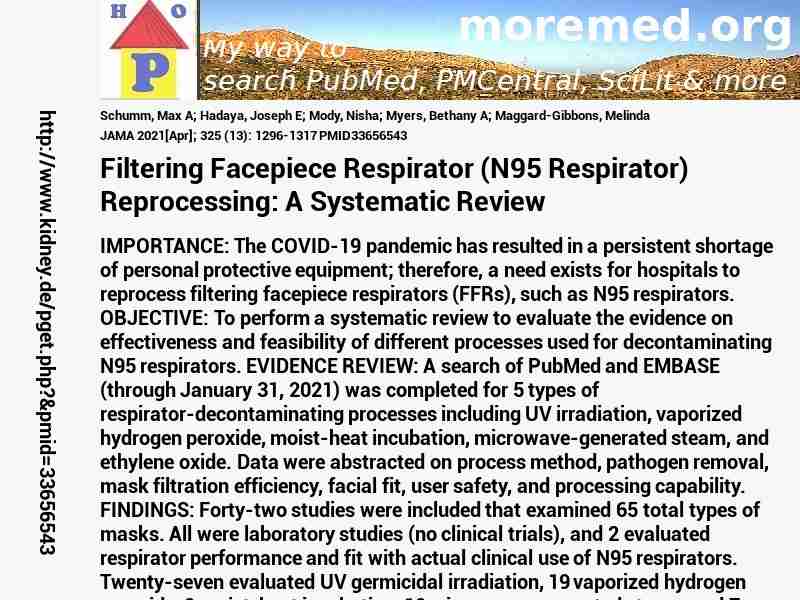
|
10.1001/jama.2021.2531
http://scihub22266oqcxt.onion/10.1001/jama.2021.2531

33656543!�!33656543
Warning: file_get_contents(https://eutils.ncbi.nlm.nih.gov/entrez/eutils/elink.fcgi?dbfrom=pubmed&id=33656543&cmd=llinks): Failed to open stream: HTTP request failed! HTTP/1.1 429 Too Many Requests
in C:\Inetpub\vhosts\kidney.de\httpdocs\pget.php on line 215
|  
Deprecated: Implicit conversion from float 211.6 to int loses precision in C:\Inetpub\vhosts\kidney.de\httpdocs\pget.php on line 534
Deprecated: Implicit conversion from float 211.6 to int loses precision in C:\Inetpub\vhosts\kidney.de\httpdocs\pget.php on line 534
Deprecated: Implicit conversion from float 211.6 to int loses precision in C:\Inetpub\vhosts\kidney.de\httpdocs\pget.php on line 534
Deprecated: Implicit conversion from float 211.6 to int loses precision in C:\Inetpub\vhosts\kidney.de\httpdocs\pget.php on line 534
Warning: imagejpeg(C:\Inetpub\vhosts\kidney.de\httpdocs\phplern\33656543.jpg): Failed to open stream: No such file or directory in C:\Inetpub\vhosts\kidney.de\httpdocs\pget.php on line 117
 JAMA 2021 ; 325 (13): 1296-1317 JAMA 2021 ; 325 (13): 1296-1317
Nephropedia Template TP
gab.com Text
Twit Text FOAVip
Twit Text #
English Wikipedia
|
Filtering Facepiece Respirator (N95 Respirator) Reprocessing: A Systematic Review #MMPMID33656543Schumm MA; Hadaya JE; Mody N; Myers BA; Maggard-Gibbons MJAMA 2021[Apr]; 325 (13): 1296-1317 PMID33656543show ga
IMPORTANCE: The COVID-19 pandemic has resulted in a persistent shortage of personal protective equipment; therefore, a need exists for hospitals to reprocess filtering facepiece respirators (FFRs), such as N95 respirators. OBJECTIVE: To perform a systematic review to evaluate the evidence on effectiveness and feasibility of different processes used for decontaminating N95 respirators. EVIDENCE REVIEW: A search of PubMed and EMBASE (through January 31, 2021) was completed for 5 types of respirator-decontaminating processes including UV irradiation, vaporized hydrogen peroxide, moist-heat incubation, microwave-generated steam, and ethylene oxide. Data were abstracted on process method, pathogen removal, mask filtration efficiency, facial fit, user safety, and processing capability. FINDINGS: Forty-two studies were included that examined 65 total types of masks. All were laboratory studies (no clinical trials), and 2 evaluated respirator performance and fit with actual clinical use of N95 respirators. Twenty-seven evaluated UV germicidal irradiation, 19 vaporized hydrogen peroxide, 9 moist-heat incubation, 10 microwave-generated steam, and 7 ethylene oxide. Forty-three types of N95 respirators were treated with UV irradiation. Doses of 1 to 2 J/cm2 effectively sterilized most pathogens on N95 respirators (>103 reduction in influenza virus [4 studies], MS2 bacteriophage [3 studies], Bacillus spores [2 studies], Escherichia virus MS2 [1 study], vesicular stomatitis virus [1 study], and Middle East respiratory syndrome virus/SARS-CoV-1 [1 study]) without degrading respirator components. Doses higher than 1.5 to 2 J/cm2 may be needed based on 2 studies demonstrating greater than 103 reduction in SARS-CoV-2. Vaporized hydrogen peroxide eradicated the pathogen in all 7 efficacy studies (>104 reduction in SARS-CoV-2 [3 studies] and >106 reduction of Bacillus and Geobacillus stearothermophilus spores [4 studies]). Pressurized chamber systems with higher concentrations of hydrogen peroxide caused FFR damage (6 studies), while open-room systems did not degrade respirator components. Moist heat effectively reduced SARS-CoV-2 (2 studies), influenza virus by greater than 104 (2 studies), vesicular stomatitis virus (1 study), and Escherichia coli (1 study) and preserved filtration efficiency and facial fit for 11 N95 respirators using preheated containers/chambers at 60 degrees C to 85 degrees C (5 studies); however, diminished filtration performance was seen for the Caron incubator. Microwave-generated steam (1100-W to 1800-W devices; 40 seconds to 3 minutes) effectively reduced pathogens by greater than 103 (influenza virus [2 studies], MS2 bacteriophage [3 studies], and Staphylococcus aureus [1 study]) and maintained filtration performance in 10 N95 respirators; however, damage was noted in least 1 respirator type in 4 studies. In 6 studies, ethylene oxide preserved respirator components in 16 N95 respirator types but left residual carcinogenic by-product (1 study). CONCLUSIONS AND RELEVANCE: Ultraviolet germicidal irradiation, vaporized hydrogen peroxide, moist heat, and microwave-generated steam processing effectively sterilized N95 respirators and retained filtration performance. Ultraviolet irradiation and vaporized hydrogen peroxide damaged respirators the least. More research is needed on decontamination effectiveness for SARS-CoV-2 because few studies specifically examined this pathogen.|*Equipment Reuse[MESH]|*N95 Respirators/virology[MESH]|Decontamination/*methods[MESH]|Ethylene Oxide[MESH]|Hot Temperature[MESH]|Humans[MESH]|Hydrogen Peroxide[MESH]|Steam[MESH]|Sterilization/economics/*methods[MESH]
  
DeepDyve
Pubget Overpricing | 
|